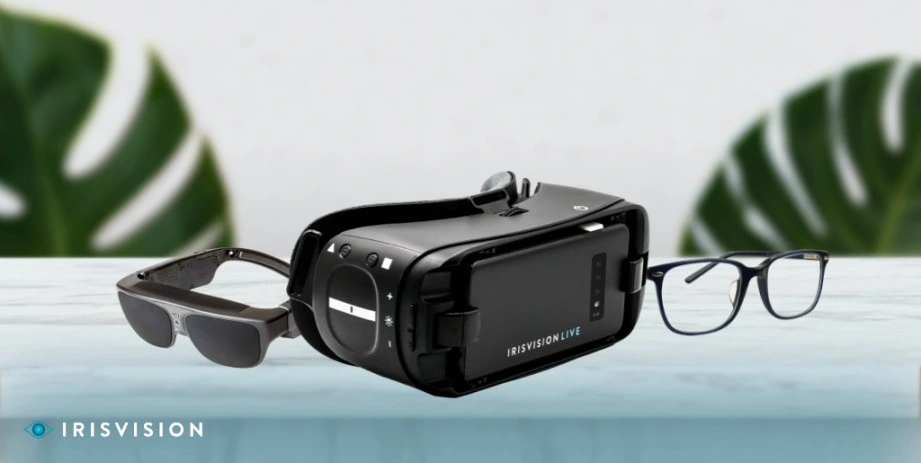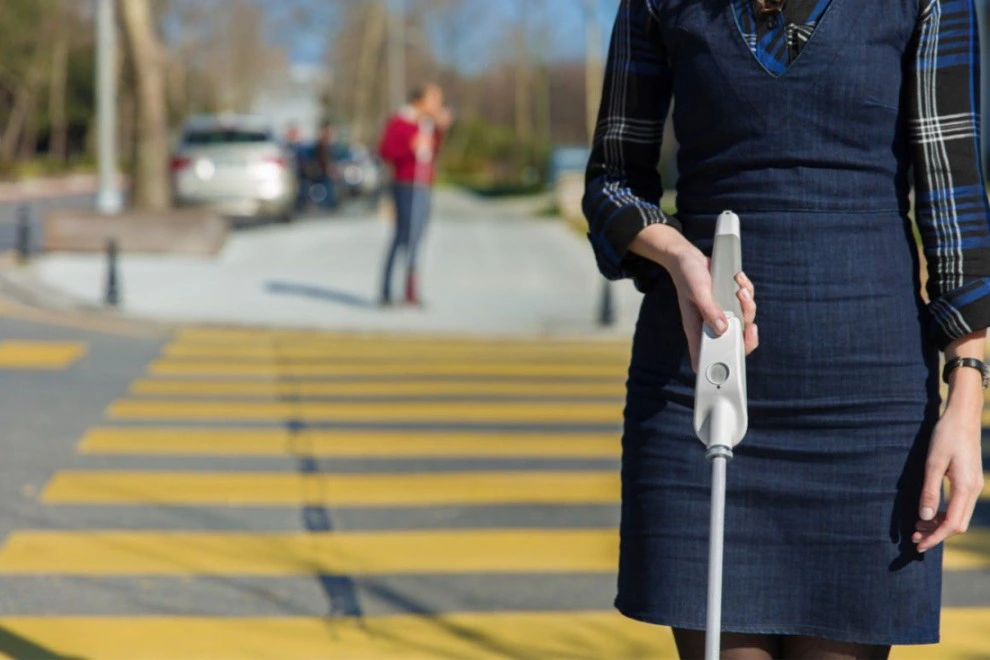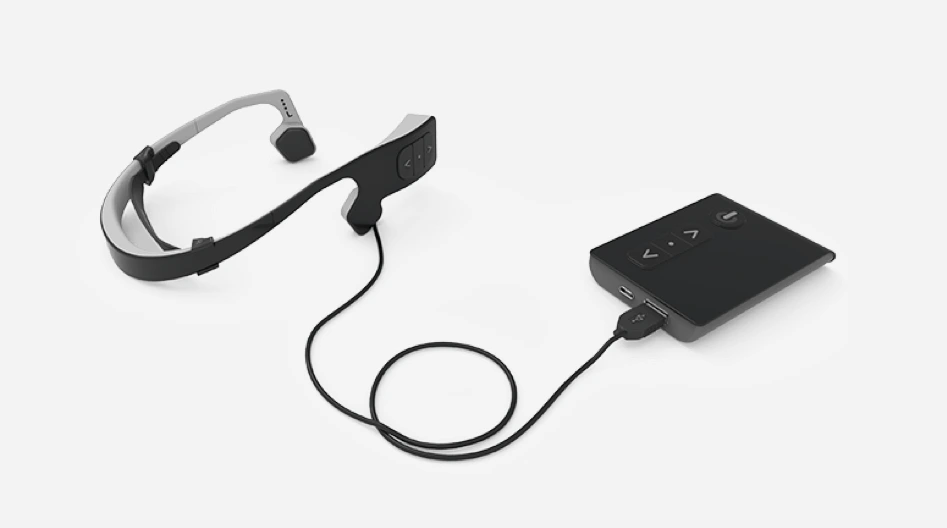Technology has opened a whole new world globally by making life easier for everyone especially those with visual impairment or vision loss through the advent of low vision innovations. It is through the constant evolution of communications technology and an inclusive approach of the developers that allows the vision-impaired community to write notes or documents, browse the internet, watch their favorite movies, and even decorate a Christmas tree.
Though each low vision device is best suited for specific tasks but has enabled the low vision community to once again take control of their lives. These can be categorized into optical and non-optical vision aids, CCTV low vision aids, and magnifying systems.
Low vision optical devices consist of handheld and stand magnifiers, special magnifying reading glasses, and even small telescopes whereas non-optical devices are generally comprised of reading stands, glare control sunglasses, and typoscopes. Electronic magnifying systems in most cases feature a camera system that magnifies and displays a visual on a monitor screen, used for reading books, writing grocery lists, and much more, more commonly known as CCTV low vision aids.
Screen reading software and screen magnification software are tools that have brought back the ability to read and write for the vision impaired, it allows them to see printed documents, pictures, etc through enhancing their leftover vision.
Other components include accessibility web extensions that offer screen readers, color contrast options, text-to-speech features. Such innovative technology is referred to as assistive technology – and it continues to evolve and remove visual obstacles for people with vision loss and low vision.
In other words, low vision aids and assistive technology have made daily tasks simple for the visually impaired which previously may have required the assistance of another person can now be done effectively and efficiently. Since the list of new interesting innovations covering all types and brands can be too lengthy let’s have a look at some of the breakthrough low vision devices that are removing countless barriers for the vision-impaired community.








